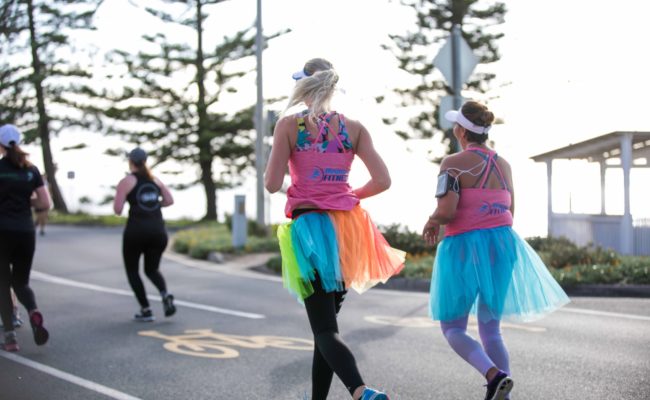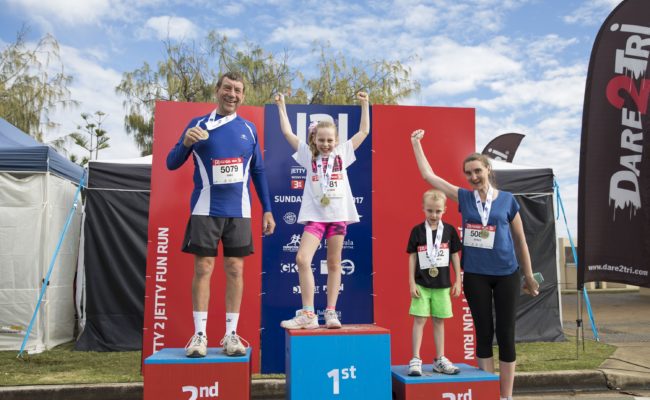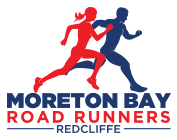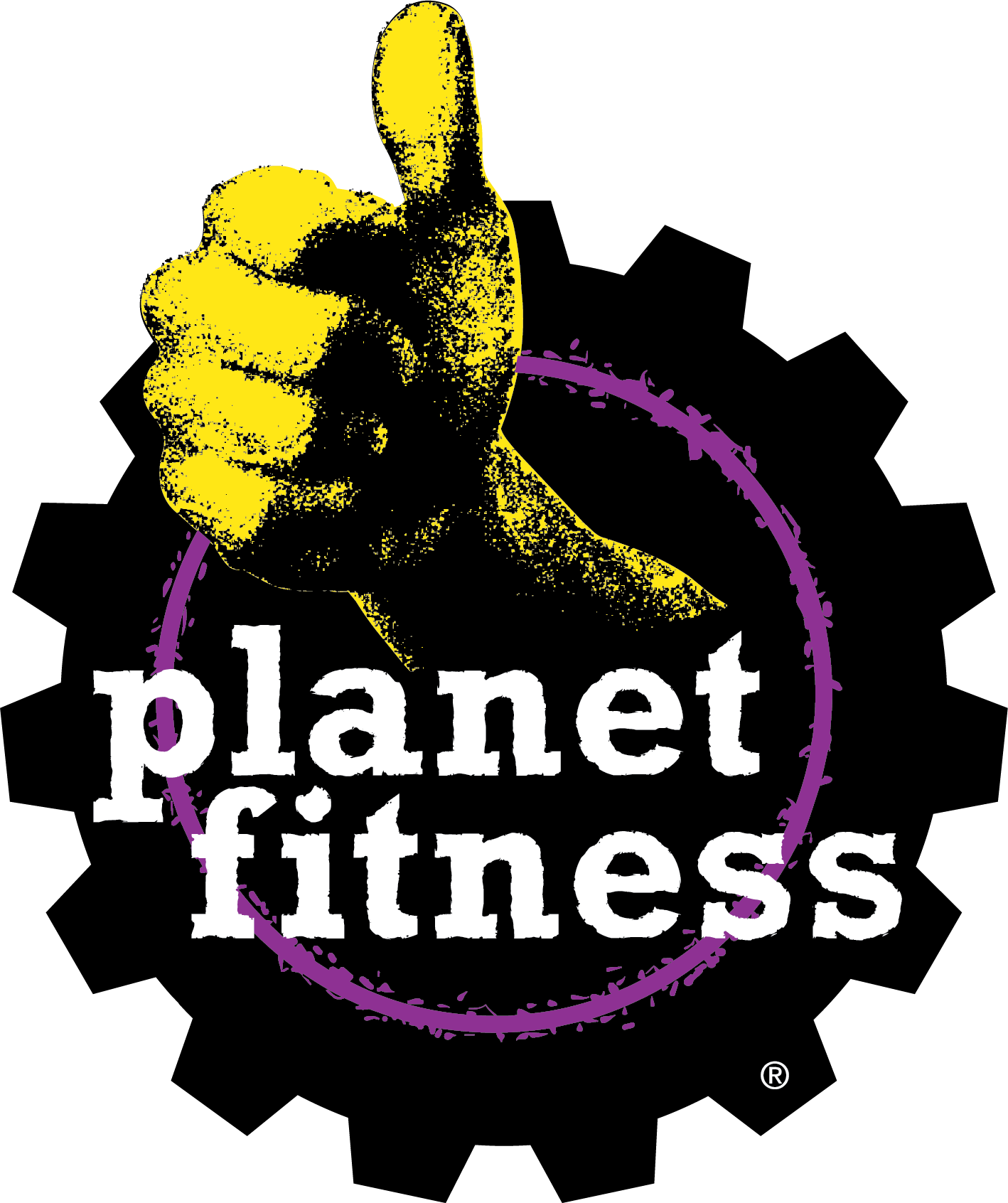Injury Prevention in Runners
As you start to train more and more in the lead up to the Jetty 2 Jetty Fun Run, it's important to prevent any injuries that could impact your training program, so we reached out to a local running Physio for some advice.
Shena Dale is a local running Physio at Scarborough Physio and Health and she has provided her top tips on injury prevention when training for a fun run.

1. Stretch in the right way
Stretching can be a little confusing as there is so much conflicting information around. Here are a few simple guidelines for stretching as a runner:
- Before a run – use dynamic stretching (leg swings, walking lunges, etc) rather than static (traditional) stretching. This will get your muscles ready for the run ahead.
- After a run – use static (traditional) stretching. Hold each muscle group in a stretch position for a period of around 15-30 seconds.
- Stretch gently. Static stretching should feel like gentle tension in the muscle. There shouldn’t be any pain.
- What if you have a muscle injury? This is a bit more complex. Some injuries don’t respond well to stretching. Others do. In general it is best to seek professional help in regards to stretching with an injury.
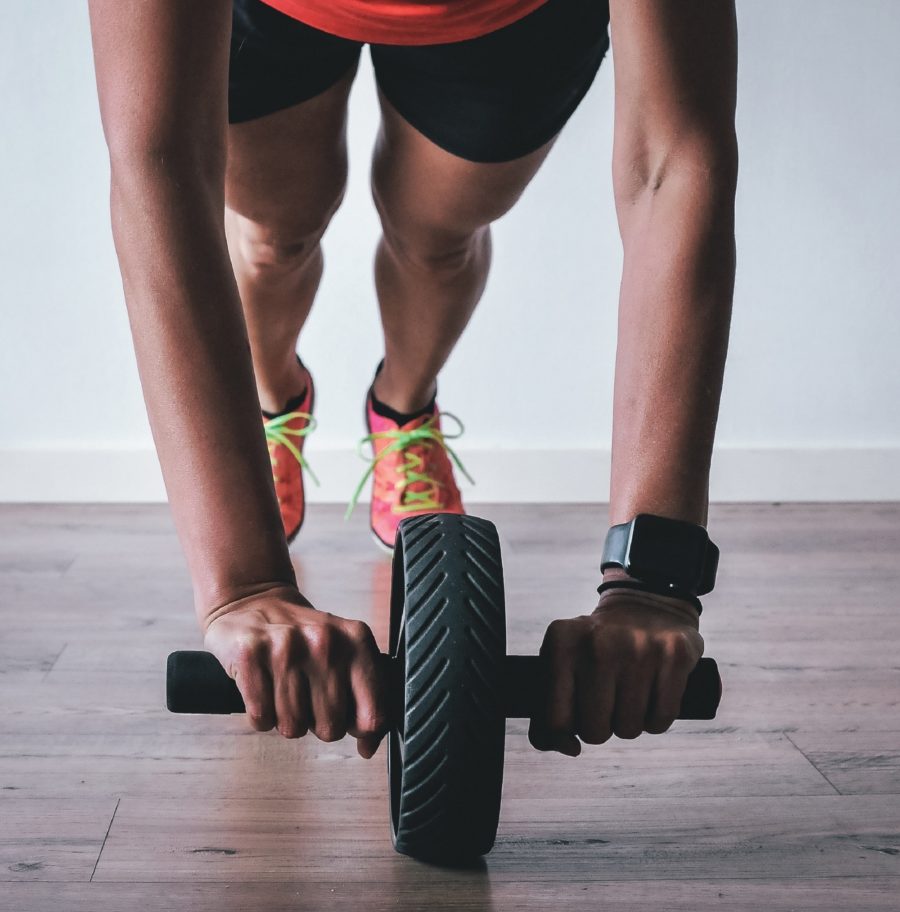
2. Get in touch with your core
Core and hip control can play a big part in improving running efficiency. Using your core muscles effectively helps to minimise unnecessary movements when running and serves as protection for your back and other joints. Poor core control can contribute to many common running complaints including hip, back and knee pain. Pilates is a great way to get in touch with your inner core muscles and create a strong and stable base for running.
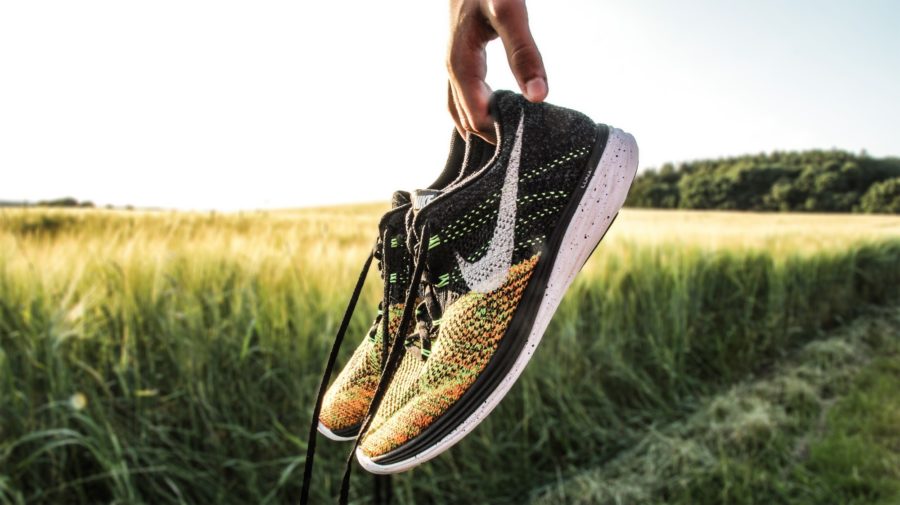
3. Get the right shoes
Most shoe manufacturers advise that running shoe lifespan is around 800-1000km. If you are running 20-40km/week, this means you should really replace your running shoes every 6 months.
It’s also recommended that you rest your shoes for a couple of days to allow them to recover their protective properties between runs. For this reason, it’s a great idea to have 2 pairs of shoes and rotate them.
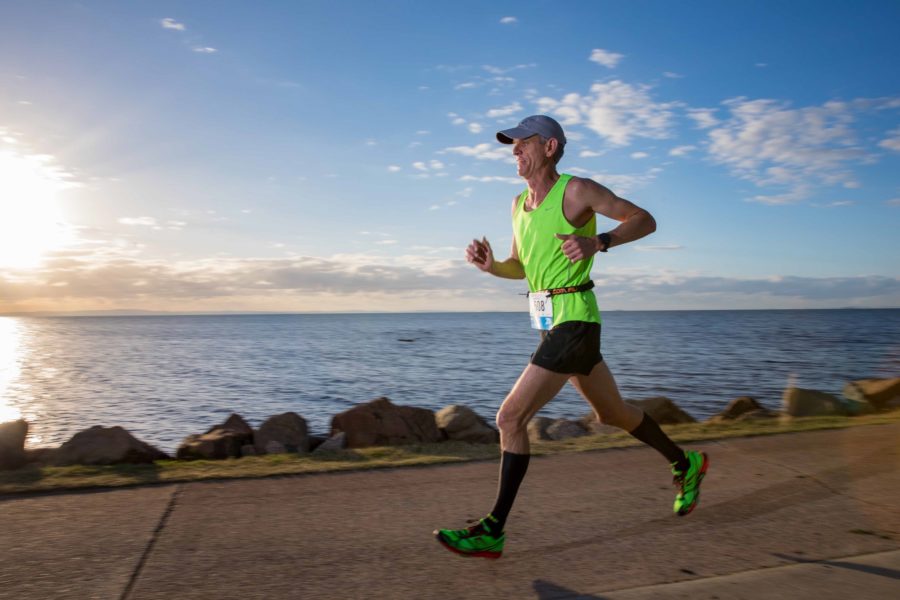
4. Review your Running Technique
Good running technique can make a huge difference to your running efficiency, injury susceptibility and comfort level when running. I highly recommend that you get professional advice if changing your technique, as it’s not an easy thing to check or adjust on your own. Remember it is not about finding the perfect technique but rather the perfect technique for you. The goal is to optimise energy usage, reduce stress on your joints and ultimately help you to run well.

5. Get good sleep
Life is busy and often sleep is one of the first things to suffer. When you are training, it should be at the top of your list. Your body repairs and rejuvenates during sleep time. Good sleep is vital for your body to gain the full benefits of training. Quality sleep can also help to maintain a healthy immune system to avoid illness leading up to race day. If your sleep is suffering, try to revisit your sleep patterns and remember these general sleep guidelines:
- Aim for 7-9 hours of sleep per night
- Limit use of electronic devices to 1 hour before bed
- Reduce caffeine after lunch, and minimise alcohol at night
- Try to get your sleep at night but if not, nana naps are acceptable.
Good Luck with your training! If you haven't registered yet for the Jetty 2 Jetty, register now to lock in that running goal.
© 2024 Visit Moreton Bay Region Terms & Conditions Privacy Studio Untitled

